Gonghang Kalguksu (공항칼국수)
8.8Km 2021-03-26
5, Nambusunhwan-ro, Gangseo-gu, Seoul
+82-2-2664-9748
Specializing in Kalguksu (chopped noodle soup), this restaurant near Gimpo Airport is frequented by entertainers. This Korean dishes restaurant is located in Gangseo-gu, Seoul. The most famous menu is noodle soup with mushrooms.
Galerie Hyundai (갤러리 현대)
8.9Km 2021-03-09
14, Samcheong-ro, Jongno-gu, Seoul-si
+82-2-2287-3500
La galerie Hyundai a été inauguré sous le nom de Hyundai Hwarang (galerie) à Insadong (Jongno-gu, Séoul) en avril 1940. Pendant plus de quarante années, cette galerie a exposé des pièces d’artistes coréens tels que Park Soo Keun, Joong Seop Lee, Whanki Kim, Ucchin Chang, Kyung Ja Chun, Dai Won Lee, Young Kuk Yoo, Ufan Lee, Nam June Paik, ou encore Shim Moon-seup.
Elle possède et gère désormais de nombreuses salles d’exposition comme « Le Nouvel Espace », « L’Espace Principal » (chacune avec deux étages), et « L’Espace Gangnam ». La Galerie Dugahun (affiliée à la Galerie Hyundai) n’est qu’à quelques pas du Nouvel Espace et est gérée conjointement avec Dugahun, un restaurant à vins situé dans une hanok (maison traditionnelle coréenne).
L’Espace Gangnam peut se vanter d’avoir un mélange éclectique de pièces et de styles d’artistes à la fois internationaux et coréens. La Galerie Hyndai gère aussi une « Galerie Fenêtre», salle d’exposition pour les artistes prometteurs.
Dugahun (두가헌)
8.9Km 2020-05-07
14, Samcheong-ro, Jongno-gu, Seoul
+82-2-3210-2100
The wine restaurant, dugahun, is located in the backyard of Gallery Hyundai on Samcheong-dong Road. As the name Dugahun, translated ‘a very beautiful house’, implies, the restaurant is characterized by its exquisite, antique architecture that dates back to the 1910s. Combining fine Western dining and a wide selection of wines with a beautiful hanok interior, dugahun provides visitors with a unique dining experience. For an added element of culture, visit Gallery dugahun (the adjacent Russian-style brick building) and take a look at the array of domestic and international artwork on display.
Jihwaja (지화자)
8.9Km 2021-01-08
125, Jahamun-ro, Jongno-gu, Seoul
+82-2-2269-5834
Operated by a “Living Treasure Of Korean Royal Cuisine” since 1991, Jihwaja is a high-class traditional Korean restaurant located in the center of downtown Seoul. It has enjoyed a high reputation as the finest restaurant that preserves “The Legitimacy of Korean Royal Cuisine,” the essence of the Korean food culture. Jihwaja resembles the sophisticated ambiance of the neighborhood that captures the beauty of the Joseon dynasty. The restaurant offers very healthy and nutritious dishes as they are prepared with only natural ingredients and royal culinary techniques, without using any MSG, artificial flavors or additives. Jihwaja offers a dining experience like no other through a meal fit for kings and queens and food storytelling.
Jihwaja is committed to promote Korea's authentic traditional food culture - Korean Royal Cuisine - across the world for generations.
Allsso (올쏘)
8.9Km 2021-08-26
30, Jong-ro, 14-gil, Jongno-gu, Seoul
+82-2-722-9222
A barbecue specialty restaurant located in Cheonggyecheon Stream, Seoul. A Korean BBQ restaurant. The most famous menu is grilled beef.
Musée d’art Kumho (금호미술관)
8.9Km 2020-05-12
18, Samcheong-ro, Jongno-gu, Seoul-si
+82-2-720-5114
Le musée d’art de Kumho a été ouvert au profit des arts. Il expose chaque année des nouveautés provenant d’artistes prometteurs ou confirmés. Il a ouvert ses portes
pour la première fois en 1989 à Gwanhun-dong et à été déplacé pour un espace plus grand en 1996 où il se trouve toujours aujourd’hui, à l’est du palais Gyeongbokgung.
Il est entouré d’autres musées folkloriques ou centres culturels. Le niveau B1 s’occupe particulièrement des nouveaux artistes et le 1er et 2ième des expositions programmées ou sur invitation. Environ une fois par an, des artistes étrangers sont invités pour exposer.
Il y apar année 7 artistes pouvant se produire grâce à une invitation officielle. Cependant il s’agit d’artistes ayant influencé l’art coréen.
Au 3ième étage, il y a une petite salle de concert nommée le hall de récital Kumho, pouvant accueillir 171 spectateurs. Malgré sa modeste taille, tout concert est donné avec un réel soucis de professionnalisme. Au 1er étage,vous verrez un café et une boutique d’art restant ouverts les jours de fermeture du musée.
Rue de Cheongwadae (청와대 앞길)
8.9Km 2020-04-23
Gungjeong-dong, Jongno-gu, Séoul
+82-2-120
La rue de Cheongwadae a été créée avec l’instauration du gouvernement civil, et s’étend depuis le carrefour de Hyoja à Hyoja-dong jusqu’au carrefour de Palpan à Palpan-dong. En suivant la rue Hyoja depuis la station de métro Gyeongbokgung, vous trouverez le Sarangbang de Hyoja, une fontaine, un bosquet d’hibiscus, le hall Yeonmugwan, le pavillon Daegogak et le hall Yeongbingwan.
Le Sarangbang de Hyoja est un petit bâtiment composé d’un rez-de-chaussée abritant une exposition relatant les 600 ans d’histoire de Séoul, et d’un étage où sont exposés des cadeaux d’hôtes étrangers prestigieux. Les visiteurs peuvent se reposer dans le jardin de derrière. Au Daegogak se trouve un tambour offert au président Kim Yeong-san en souvenir de l’ancien tambour Sinmungo. Le hall Yeonmugwan est l’endroit où le personnel des services de sécurité s’entraîne aux arts martiaux. On y trouve également une citadelle en pierre naturelle, ainsi qu’un espace de repos. Derrière le bosquet d’hibiscus siègent l’ambassade du Vatican et le pavillon Chilgung.
Bordée d’arbres touffus et de parterres fleuris, la rue de Cheonwadae est l’endroit rêvé pour une belle promenade. La résidence présidentelle Cheonwadae (qui signifie « Maison Bleue ») se trouve juste en face de la porte Sinmumun du côté Nord du palais Gyeongbokgung, et la rue se termine sur la porte Chunchumun, où se trouve le centre de presse de Cheonwadae. Un peu plus loin, la rue Samchongdong-gil s’étend depuis la porte Chunchumun jusqu’à la porte Geonchunmun (porte principale du palais Gyeongbokgung). De nombreuses galeries de peinture y sont installées (galerie Gukje, galerie Growrich, galerie Hyundai, etc) , ce qui en fait un lieu de prédilection pour tous les amateurs d’art.
Subaru (스바루)
8.9Km 2017-02-01
7, Bangbae-ro 42-gil, Seocho-gu, Seoul
+82-2-596-4882
Subaru is operated by a chef who lived in Japan and was attracted by Japanese-style soba. He serves tasty soba based on his experience in a modest restaurant.
Doilcheo (도일처)
8.9Km 2021-03-27
567, Gaehwadong-ro, Gangseo-gu, Seoul
+82-2-2662-2322
In addition to traditional Chinese dishes, there are also a variety of fusion dishes. This Chinese (cuisine) restaurant is located in Gangseo-gu, Seoul. The most famous menu is dongpo pork (red braised pork belly).
Imun Seolnongtang (이문설농탕)
8.9Km 2022-01-03
38-13, Ujeongguk-ro, Jongno-gu, Seoul
+82-2-733-6526
Imun Seolnongtang has been serving its hearty seolleongtang for over a hundred years since it first opened in 1907. Even its name has a long history: the word imun comes from Imun-gol, the now-obsolete name of the restaurant’s location, and seolnongtang, an old variation of the word seolleongtang. During the Japanese colonial rule, the restaurant’s regular customers included Gijeong Son, the marathon gold-medalist at the 1936 Berlin Olympics. To make the rich seolleongtang broth, beef meat and bones are simmered for more than 15 hours. Try putting rice and minced green onion in your seolleongtang for a warm and tasty experience. Kkakttugi (diced radish kimchi), provided as a side dish, is also delicious.
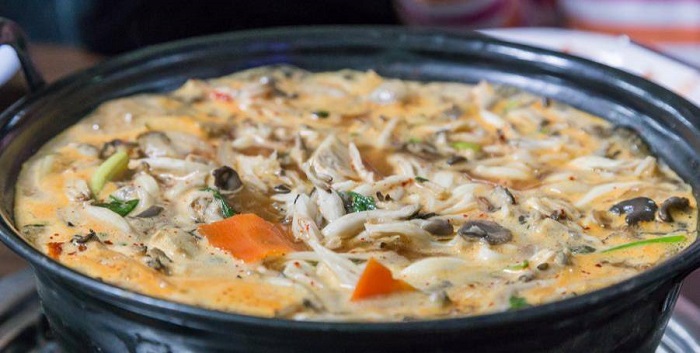
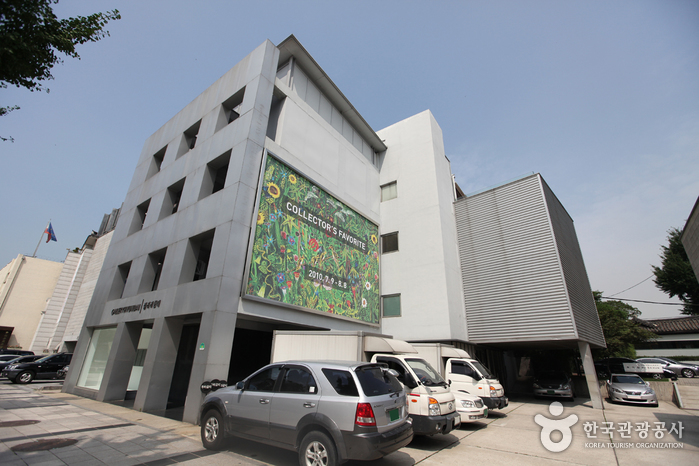
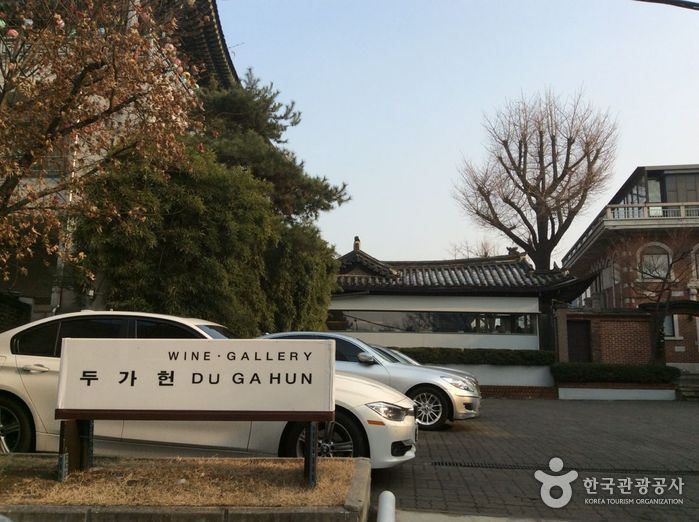

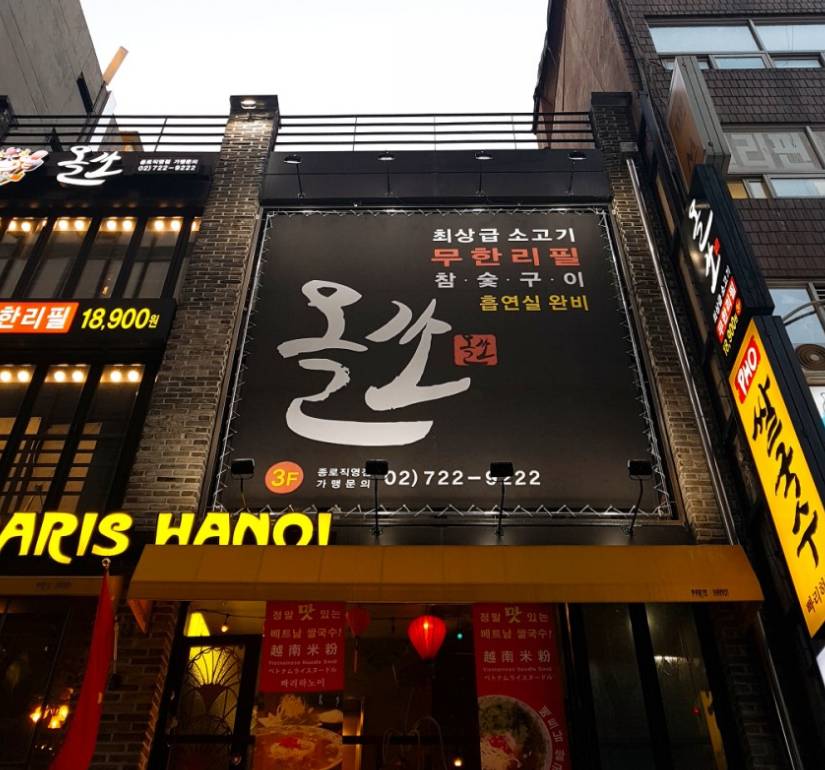
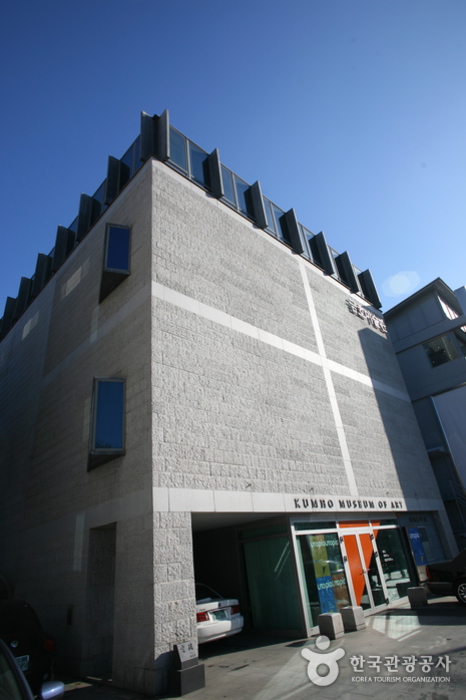
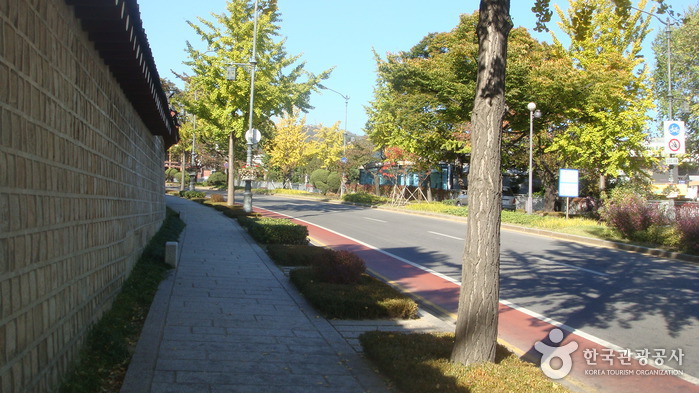
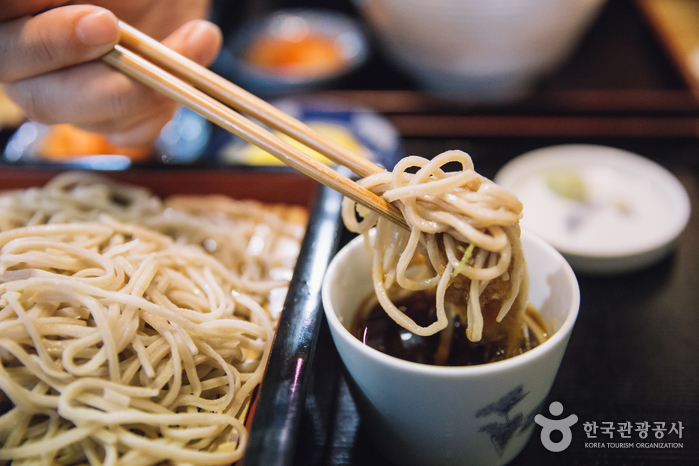
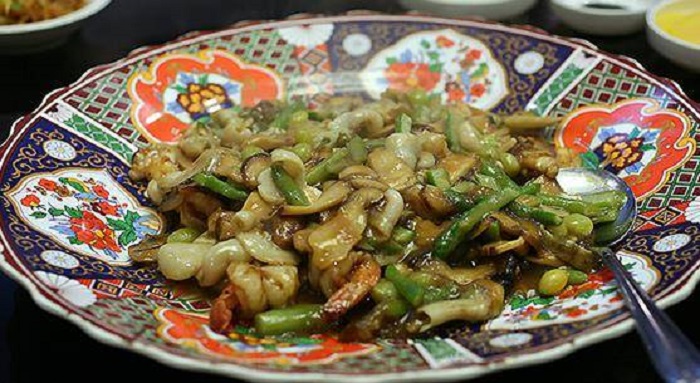
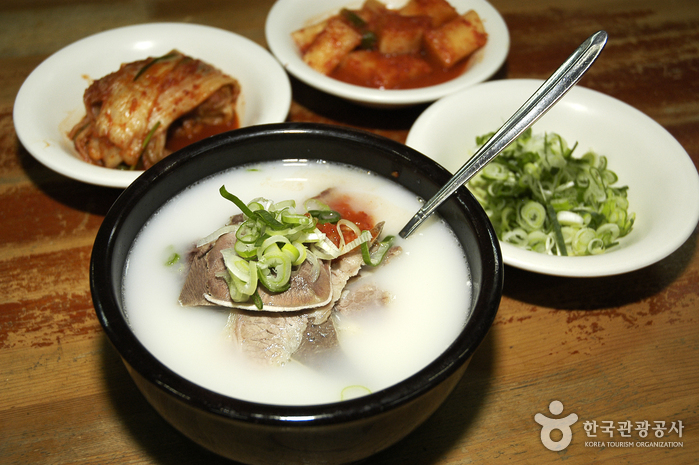
 Français
Français
 한국어
한국어 English
English 日本語
日本語 中文(简体)
中文(简体) Deutsch
Deutsch Español
Español Русский
Русский